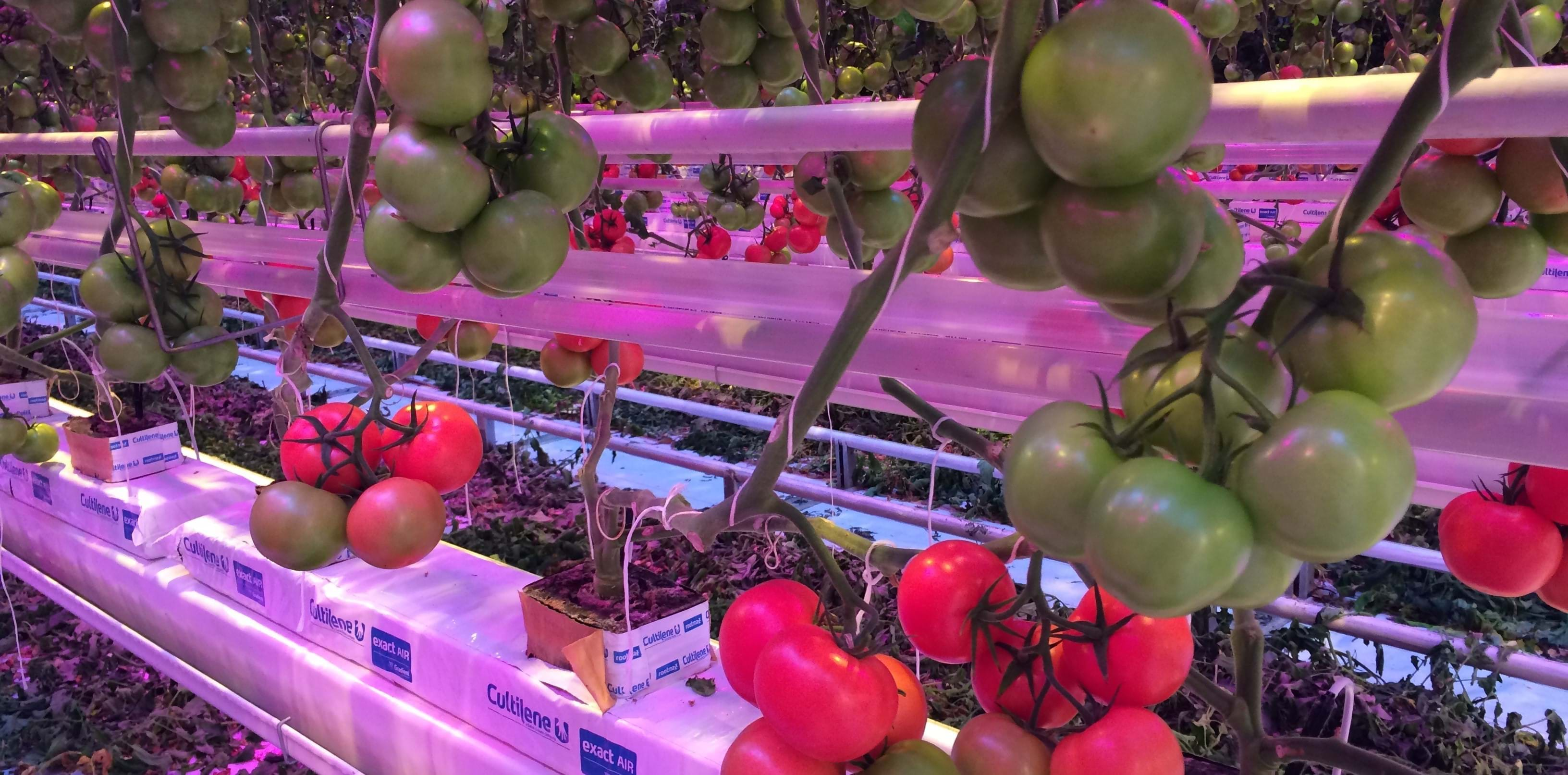Good management with lower substrate volume in Hybrid-lit tomato
PRESS RELEASE
We are already well on the way with the cultivation. Last week the head was taken out of the crop, so this week we will realise the last setting. Despite the nice weather we have to stay focused to get a good end result. The summer days demand a lot from the plants when it comes to keeping the water balance at the right level. This also means for us that we have to be careful that we give the plant the opportunity to do this.

Also this season Saint-Gobain Cultilene is participating in the hybrid lighting trial at the Improvement Center in Bleiswijk together with the partners Signify, De Ruiter Seeds and Delphy. This season everything is just as different as in previous years, so also in the substrate and the irrigation we had to make some adjustments compared to the last few years. Juanita has been replaced by Merlice. The first one was grafted on Maxifort and came on the garden with two heads per plant. This year Merlice is the main variety and started with three heads per plant (3.3 stems/m2) and grafted on DRO141. This means that not only does the number of stems per meter change at the start of the cultivation, but much more, fewer plants per meter.
The above makes sure that we have to think carefully in advance about what the plant needs when it comes to substrate. A number of questions that came up were: do we still need that much substrate? And how much buffer do we need? The latter is especially true in the summer. In order to be able to control the crop optimally, the choice was made to start growing with a 25% lower substrate volume (7.5 cm high instead of 10 cm high). This means that we see a faster reaction to the changes we make. But also that we have to water a bit longer during the day because otherwise the intering will be too big.
At the beginning of the season we had some discussions about this. Wasn't the volume too low, for example? With the chosen strategy it soon became clear that we had the substrate well under control. Throughout the year we were able to work with a fixed stock market size and by playing with the frequency we had a very good control. At the time of harvesting, there was still a powerful crop, which had produced more than 85 kg/m2 up to week 28. The production target of 107 kg/m2 is therefore still valid. So it is important to align your substrate with the strategy you want to follow.
Note for editors:
More information can be obtained from Lisanne Helmus-Schuddebeurs:
l.schuddebeurs@delphy.nl
06 – 21 58 67 30